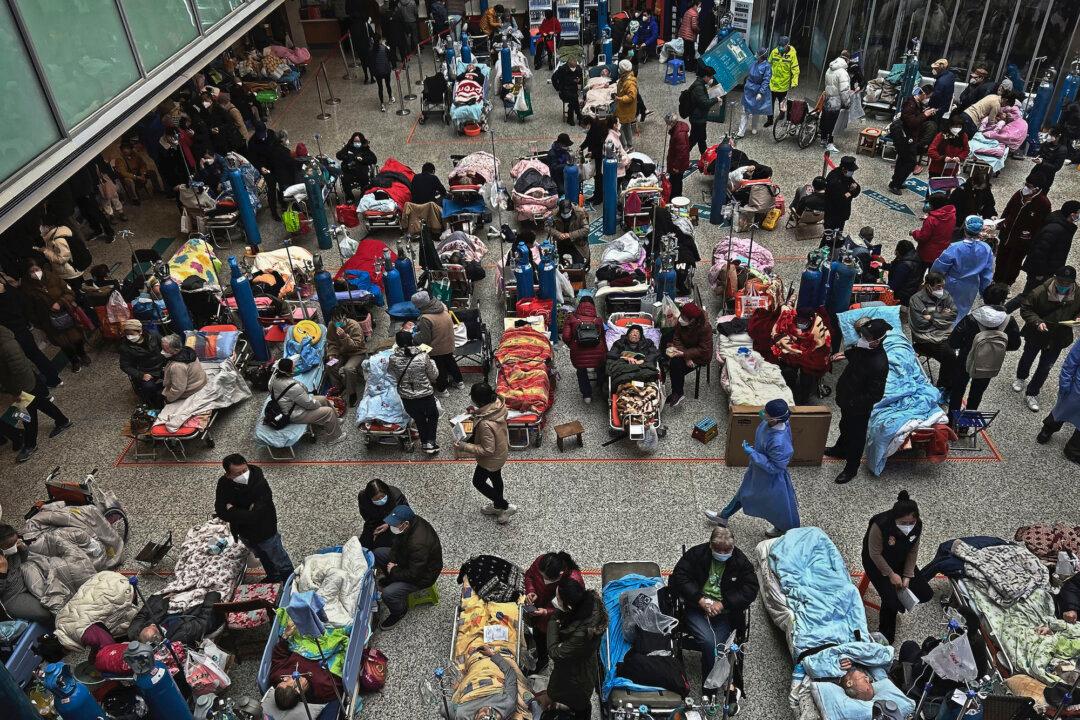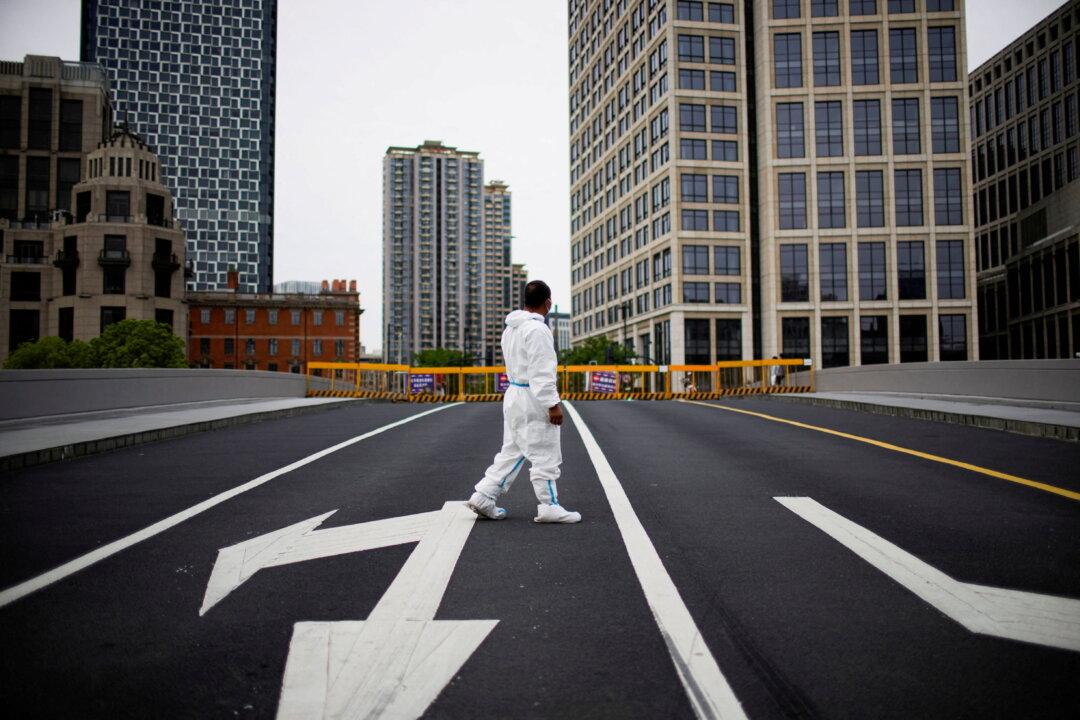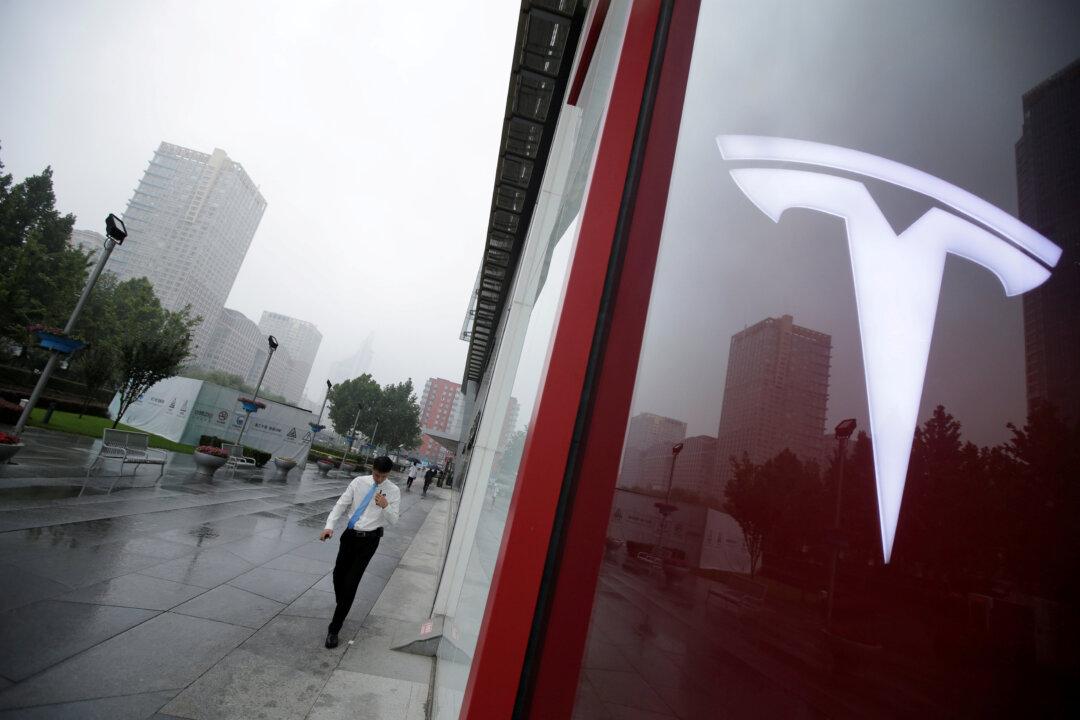The Lunar New Year is the biggest and most celebrated holiday in China each year. Each year Chinese people make billions of trips across the country to visit their families during that holiday period.
However, data recently released by China’s Ministry of Transport indicate that trips during this year’s Lunar New Year—which spans 40 days—had dropped by 924 million compared to 2019, the last pre-pandemic year with no travel restrictions.





